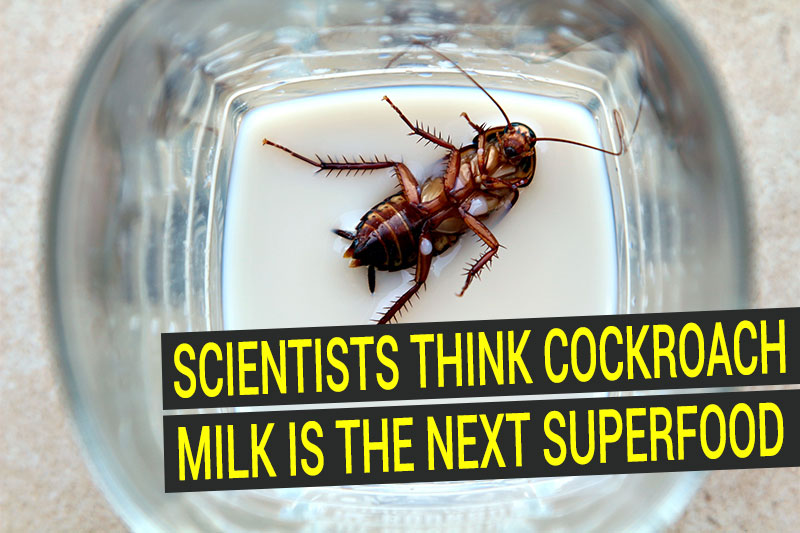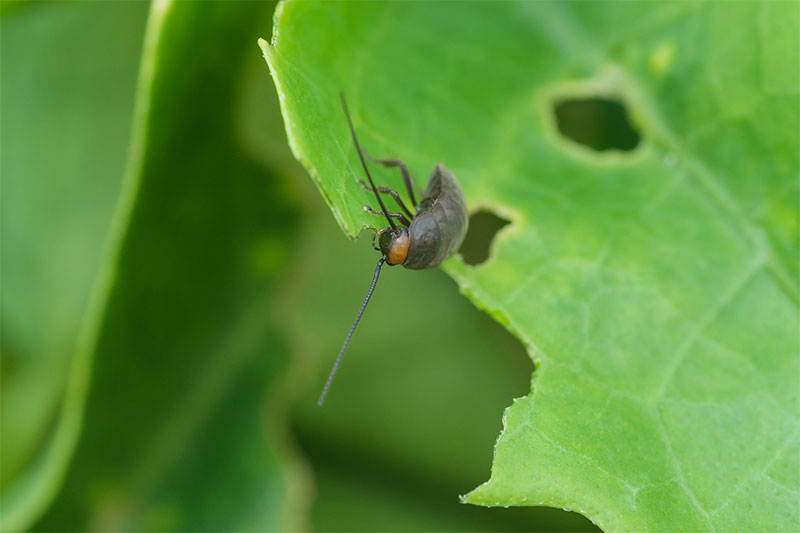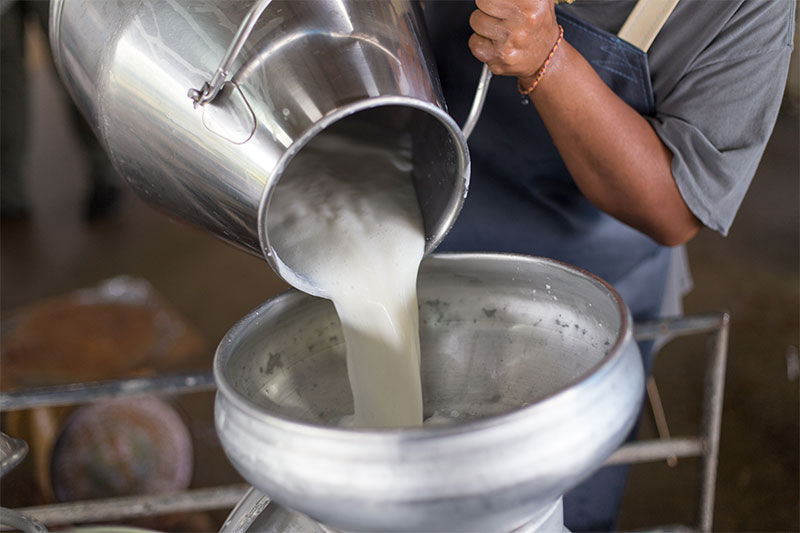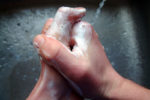Here’s the thing. Regular cow’s milk is becoming unsustainable. There’s a real need to find alternatives. As of today, plant-based milk, including the ones made with coconut, almond, soy, rice and cashews have provided a vegan-friendly, healthier alternative, but we’re still a long way to go.

Although healthy and efficient, the answer to all our milk problems might be a bit gross. Cockroach Milk. Here’s all you need to know about this alarming new superfood. What is cockroach milk? Why is it good for you? And most importantly, should you start consuming it? Read on and learn all about it.
What Is Cockroach Milk Anyway?

A special cockroach called Diploptera punctate, or the Pacific beetle cockroach, is the only cockroach known to pump some kind of milk to its babies. This is extraordinarily rare in the insect kingdom.
This is not in fact milk, but protein crystals that scientists are now beginning to synthesize as an efficient source of protein. It could be the answer for the food problem in our ever-growing society.
Cockroach milk is the perfect food. It has proteins, fats and carbohydrates, so it’s easy to see why the scientific community is looking at it as a potential food source for humans.
How To Milk A Cockroach?

Since milking cockroaches is virtually impossible, scientists are synthesizing the nutritious crystals by replicating the genes responsible for producing the milk crystals.
Of course, the genes alone are not enough to produce cockroach milk. That’s where yeast comes in. The unicellular fungi can be genetically altered to produce the crystals efficiently, without actually using cockroaches in the process.
People misunderstand this new product. Yes, this is milk produced by cockroaches to feed their babies, but it will not come from actual insects, but a lab, and eventually from factories.
Is Cockroach Milk Healthy?
Cockroach milk is a complete meal. It is a great source of high-quality proteins that our bodies absorb slowly. The milk also has quite a lot of fat, carbohydrates in the form of sugar, and even essential amino-acids.
The innovative product, though, will not help you lose weight; on the contrary, abusing it will increase your muscle weight, making it a potential supplement for people doing lots of exercise. It’s like protein powder, but instead of casein, milk’s protein, this one will come from bugs.
The milk is obviously lactose free, so it will prove to be a universal food that could help fix the food problem in developing countries.
Where Can I Get Cockroach Milk?
Right now, the product is in development, and it might take a few years for it to be produced in commercial quantities. The first markets to see this innovating protein shake will be the health and wellness markets, as the milk will be sold first as a superfood and protein supplement.
Perhaps someday, it will become an everyday commodity and staple food. But that could take decades. It all comes down to how much support the product gets from people. There’s a real need for a re-branding effort, of course, because cockroach milk is not what you want to print on your product’s label.
Cockroach Milk Sounds Okay, But What About Eating The Roaches Instead?
Extracting the genes that produce cockroach milk is an expensive proposition and a multi-million dollar research. Promising? Sure, efficient? Not so much.
Considering insects are an excellent source of proteins, chances are we’ll be adding a wide variety of them to our diets way before seeing cockroach milk on the supermarket shelves.
Insects are easy to reproduce and can make a very nutritious food. Many countries around the world already eat spiders, crickets and worms. That’s the real future here. A much more manageable project to undertake compared to synthesizing cockroach milk.
Are We Ready For Cockroach Milk?
Ok, so this product sounds great, but when are we going to see it in the supermarket aisles? It might actually take decades. First, it must pass rigorous tests; then, scientists have to find a way of producing it on a large scale. Finally, the public will have to want to buy it.
Chances are we’re not seeing cockroach milk around us any time soon, but there’s hope! Now that you know it won’t come from actual cockroaches, perhaps you might give it a try?


